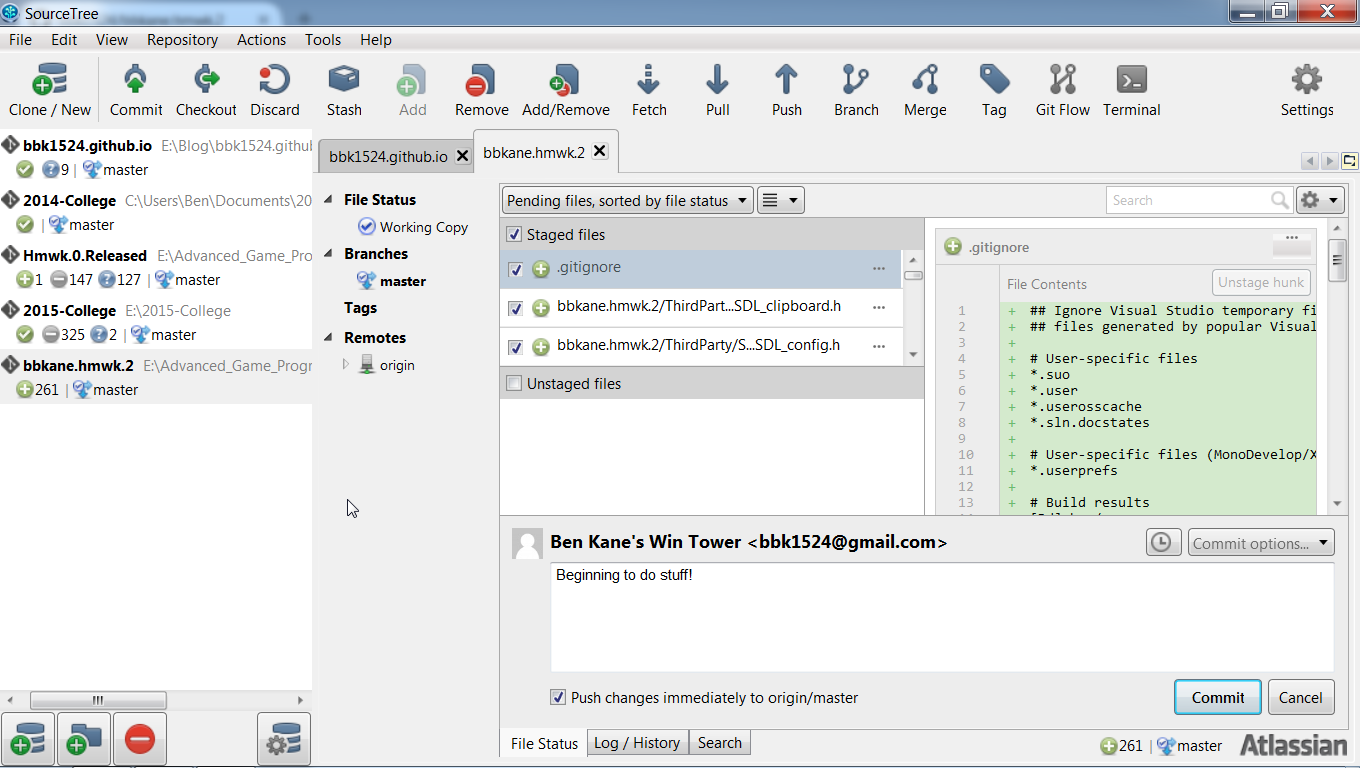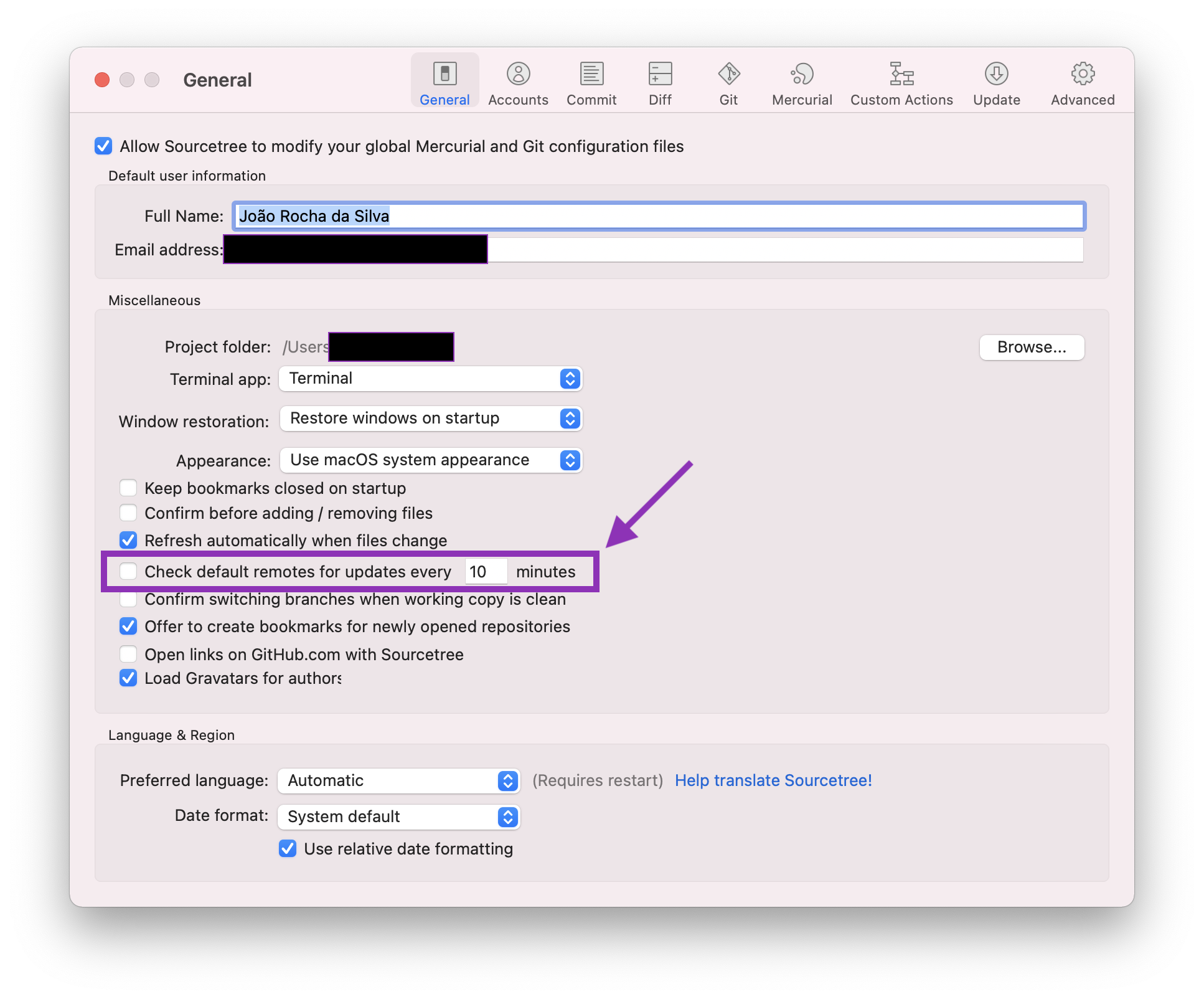

Hint: Waiting for your editor to close the file.ġ file changed, 0 insertions(+), 0 deletions(-)Ĭommit 06724135d660b9afbde334e61f98113349b52f48 (HEAD -> master)

This approach is mentioned as one of the best practices in creating projects. This approach is very desirable and very similar to supporting Electronic Document Management (EDM), one of the main assumptions of complete transparency about changes in documents.

Thanks to this, we can keep documentation and information about our project according to actual events. It is thanks to this property that this command is used very often. This means that it will restore the changes from a given commit and at the same time make a new commit informing about this event. Using the git restore command to restore a local file from a repository.Īnother interesting tool is git revert, which will allow us to undo the changes and leave a note about them. " to discard changes in the working directory) (use "git push" to publish your local commits) Your branch is ahead of 'origin/master' by 3 commits. Keep this in mind and use the git checkout command, preferably GitProtect, if necessary. This means that we can, for example, undelete deleted files from the local disk from the repository, but not files in the repository itself. The name can be confusing, too, as using git restore is not used to undo changes to a repository but to undo local changes to a local disk. Still, you have to remember that even the official Git documentation (can be found here) says that this tool is experimental, and you should never forget that. Another exciting command that we can use is git restore. We must also remember that the git checkout command is not the only built-in tool in Git that will allow us to restore changes, files, etc. In this case, it is second commit from the top, so changing it wont be as direct as it was in the first situation. In the previous situation, the Git commit change was rather simple as we had to modify only our last Git commit, but imagine if reviewer suggested to change something in. Listing 1.Finding and restoring files with the git checkout command. Situation 2: specific Git commit changes. # We will restore to the last version of the file here.

# We need to find here a change that interests us. Here’s a little mystery, does this command work on deleted files with the git rm command? The truth is, however, that we don’t have to worry about such questions anymore because GitProtect is on the horizon! $ git init You should also remember that we can restore with the command git ls-files -d | xargs git checkout - files in a given folder. Thanks to this, we can find and select the most appropriate version, but it should be noted that we have to choose the correct change ourselves using the git log and git diff commands. In the first and third approaches, we have to choose which commit is the target commit at some point. The script presents various approaches to search for a change of interest and use the git checkout command. Seems like it's a Sourcetree bug that "log selected" is dim in step 2.In the case of Git, we know that we have the git checkout command at our disposal, and thanks to it, we can restore the file to the desired state using the script presented in Listing 1. Right-click on the deleted file and select "Reset to commit" menu item. Determine when the file was last committed.ĥ. Right-click on the deleted file and select "Log Selected" menu item.ģ. Go to the commit that deleted the files.Ģ. I agree that it looks "off" and seems like a bug because reversing the removal of a file is easily reversible!ġ. There were a bunch other files changed, but it would have been relatively easy to discard those changes before committing the reversal.Īs it was, I was trying to just reverse the commit for each of the erroneously deleted files, as was suggested by a post from 2015 on this forum), but was stymied by the "log selected" menu item being dim for the individual deleted files (it was available for the changed files in that commit). I didn't think of doing the "Reverse commit" on the entire commit. I was reluctant to try the Reset to commit option because I didn't know Git well enough to understand all the ramifications. Hi Prashant, sorry for not responding sooner, but we did manage to find a recent version of the files so were able to restore them that way.


 0 kommentar(er)
0 kommentar(er)
